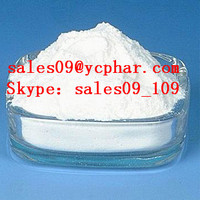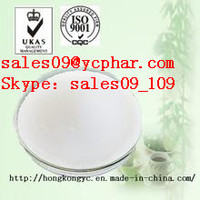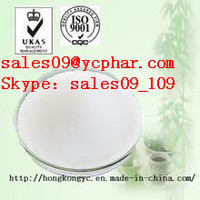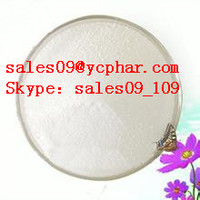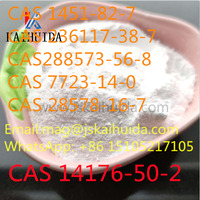1,3-Dimethylpentylamine hydrochloride
Product Quick Detail
- Packaging
- N/A
- Delivery
- 15 Days
Specifications
Detailed Product Description:
Other name:1,3-Dimethylpentylamine hydrochloride;1,3-Dimethylpentylamine HCL;13803-74-2;4-Methyl-2-hexanamine hydrochloride
Appearance: White crystalline powder
Smell: Smellless
Ash: <0.5%
Loss on drying: <0.5%
Melting Range: 120-130?°C
Heavy metals : <10ppm
Arsenic: <1ppm
Cadmium: <1ppm
Lead: <1ppm
More investigation uncovered that the compound came from natural sources and was given the name gerananmine at that time to demonstrate the substance’s amine categorization and natural origin. A
lot of compounds like this have a colloquial name at the start and are categorized into the IUPAC naming system later when the structure of it is uncovered completely. In this case, both
Dimethylpentylamine and geranamine are considered suitable names for this substance.
Dimethylpentylamine was first used in nasal decongestants and nutritional supplements, but before any of that, there was research already conducted during the 1940s and ’50s that implied the
compound could be suitable to use in such things. The compound’s patent was submitted for and approved of in 1944 so that it could be used for nutritional reasons. Since then, Dimethylpentylamine
has become a famous substance that is used for such a purpose. It wasn’t co-opted for being used in nasal decongestants for many years, when it was found that Dimethylpentylamine has smaller side
effects on peoples’ blood vessel construction.
Applications:
Dimethylpentylamine has been recently used in energy supplements for weight loss and bodybuilding, as well as for substances that are amphetamine-like. More notably, Dimethylpentylamine was used in
AMP2 and AMP energy supplements, of which are considered by their developer as having low side effects in comparison to ephedrine. See how Phentramin-D uses a different kind of Hydrochloride in its
weight loss arsenal to help you lose the weigtht and keep it off.
Email:sales09 at ycphar dom com
Skype:sales09_109
Telephone:86-027-50756084
- Country: China (Mainland)
- Business Type:
- Market:
- Founded Year:2001
- Address:武昌中山路496号
- Contact:Sadiya Sun
Other products from 湖北远成药业有限公司
Relate products of 1,3-Dimethylpentylamine hydrochloride
14176-50-2 Tiletamine hydrochlorid
我们的主要和热门产品出口如下:研究化学品,医药中间体,食品添加剂,化工原料等产地:中国江苏应用:研究化学品,医药中间体MOQ:1kg纯度:> ...
Levamisole hydrochloride / Levamisole hcl CAS 16595-80-55 whtsapp:+8613383528581
whtsapp:+8613383528581 sarah(at)roilanddt(dot)com Quick Details ProName:Levamisole (hydrochloride) best price ... CasNo:16595-80-5 Molecular Formula:C11H12N2S.HCl Appearance:white powder Application:medical intermediate DeliveryTime:3-15 working days PackAge:aluminium ...
manufacturer 1,3-Dimethylpentylamine / Methylhexanamine / DMAA CAS 105-41-9
whtsapp:+8613383528581 sarah(at)roilanddt.com Quick Details ProName:Supply Methylhexanamine CAS NO.105-41-... CasNo:105-41-9 Molecular Formula:C7H17N Appearance:Powder Application:CAS NO.105-41-9 DeliveryTime:1-3days PackAge:As per your request Port:shanghai shenzhen ...


